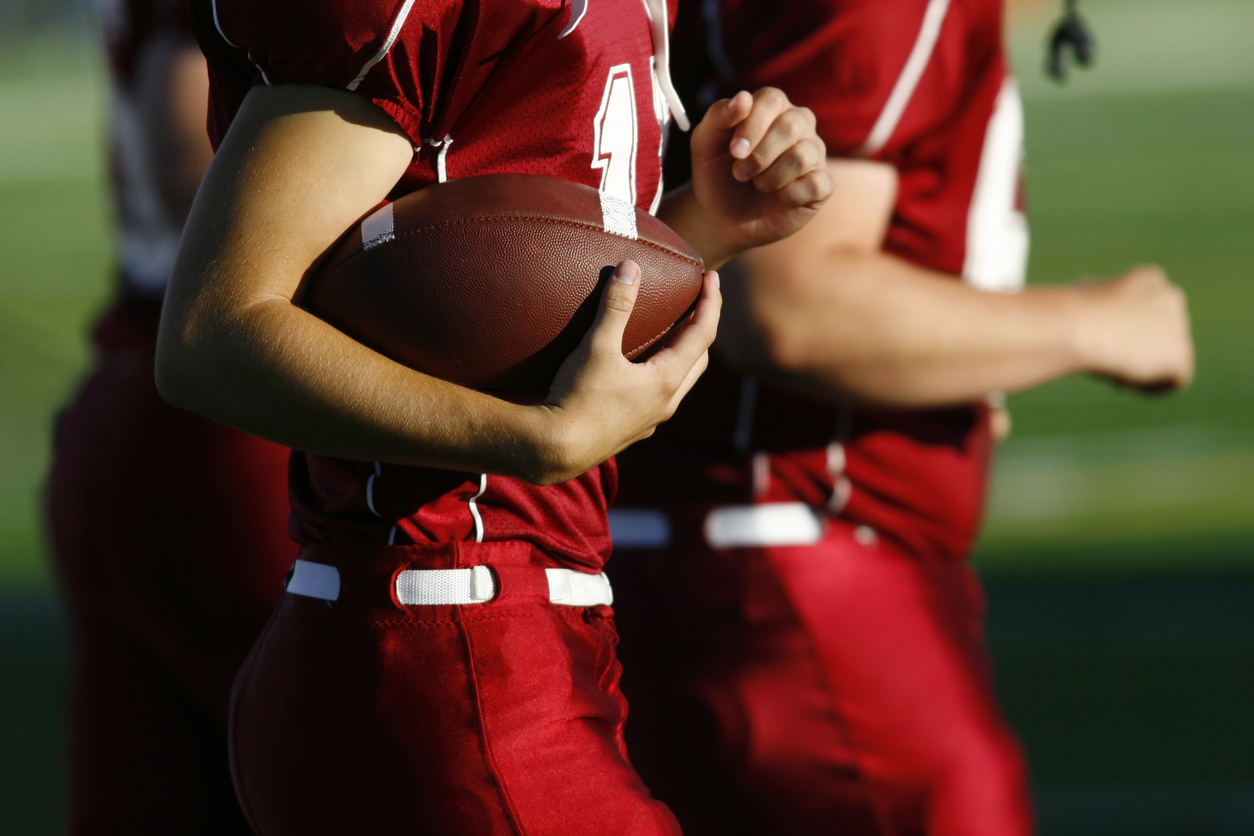On Wednesday, the NCAA asked a federal appeals court to reject a legal effort to force colleges to treat Division I athletes as employees and pay them an hourly wage.
Lawyers for the student-athletes stated that they frequently spend 30 hours or more per week on their sport and frequently require money for expenses, even if they are on full scholarship. And they believe that the athletes are entitled to a portion of the millions spent on coaches, college administrators, and facilities, as well as the billions paid by networks to televise college sports.
According to the lawyers, they are not seeking market value pay, but rather a modest overall pay rate comparable to that of work-study students.
“This does not create the possibility of a bidding war (for top talent),” said lawyer Michael Willemin.
The NCAA urged the court to uphold the tradition of unpaid amateurism among college athletes. Critics of the pay-for-play scheme are also concerned that the cost will force schools to cut sports that generate little or no revenue while allocating more resources to their profitable football and basketball programs.
A finding that athletes are employees, according to lawyer Steven B. Katz, “launches you on the edge of a slippery slope that quickly takes you to someplace that you don’t want to go.”
He stated, for example, that the cost of attending some of the private colleges involved in the case exceeds $70,000 per year. He argued that the value of a full scholarship would far outweigh the $10,000 to $15,000 the athletes might earn if they were paid a low hourly wage.
Katz also stated that if the students are considered employees, the scholarships may become taxable. And he wondered how teams would function if some students were “paid employees” on scholarship while others were not.
At least one member of the panel, U.S. Circuit Judge Theodore McKee, appeared to believe that some student-athletes may be considered employees under the Fair Labor Standards Act, despite acknowledging that such a finding would create “so many practical problems.”
Football players at powerhouse schools would earn more than swimmers at small schools, right? What about athletes in Division II?
“Perhaps that’s where we end up — that the quarterback at the SEC school is an employee and the woman running cross-country at Alabama isn’t,” McKee speculated.
McKee cut Katz off when he mentioned the possibility of back taxes being owed, saying “the case is complicated enough without us going down that” rabbit hole.
The NCAA filed an appeal after a lower court judge refused to dismiss the lawsuit before it went to trial. The three-judge panel did not say when it would issue its decision.
Willemin argued on behalf of the students that the NCAA burdens athletes with strict rules on gambling, earning outside income, and free speech, while their school teams further limit their options by controlling their class schedule, study halls, and, in some cases, even their college major. He speculated that if the NCAA loosens its grip on student-athletes, the case may be dropped.
“The NCAA has turned the student-athlete concept on its head, even in non-revenue sports,” he said. “The NCAA has the authority to change these rules. They have chosen not to change.”
The case is just the latest one to test the NCAA’s traditional amateurism model — and comes as the organization already faces complicated issues stemming from the advent of “name, image and likeness deals that can top $1 million for the most popular college athletes.
Given a string of legal setbacks, the NCAA is hoping that Congress will step in. They include a unanimous decision by the United States Supreme Court last year that lifted the ban on compensation beyond full scholarships and allows colleges to provide athletes with educational benefits such as computers and study abroad program fees.












